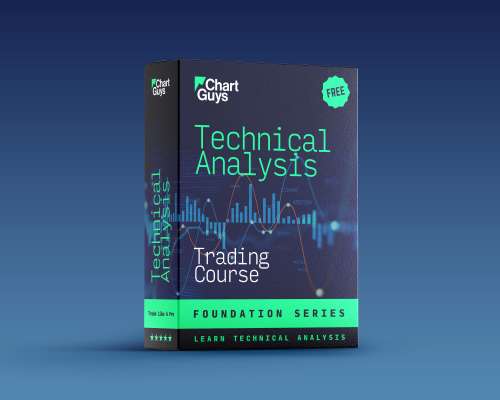A research study concluded that if you want to make a girl like you more, take her somewhere mildly dangerous or scary on your first date. A suspension bridge or a scary movie for example. The conclusion is based on the fact that the physiological mechanism for both fear, love and excitement are all incredibly similar, and we will interpret the physiological data according to the input that comes with it. Butterflies in your stomach are for going on stage to perform as much as they are for a new crush. But what is real? Well, what is real is that our adrenaline is raised, and your body is hyper-responsive to what is around you.
When things start moving fast in the markets, whether bullish or bearish. Our adrenaline starts to spike, and we become hyper aware to all the movements. If we’re in a position, we’ll attribute it to excitement and making money. If we’re losing, we’ll attribute it to frustration or fear of losing even more. If we’re not in a trade maybe that adrenaline makes us feel like we need to take action faster. If things are dumping, maybe we start to panic about the state of the world, losses and recessions. Either way, the increase in adrenaline causes us to be hyper-aware. Time seems to simultaneously move slower and faster.
But what is real? What is real is price action. What is real is thousands of hours of prior practice watching patterns and reading the tape. And we can use this to our advantage both intuitively, and outright. Ask yourself when things are moving. What is the most likely scenario? Does volume support this move? Are we just looking for a higher low or lower high on a larger time frame? Does this movement change the overall thesis of my plan? Does this movement change my game plan, or what I’m watching for. Did I miss something that could have given me clues to this move in advance? Is this healthy consolidation, or are there red flags I need to be aware of?
Oftentimes the worst of it comes through news cycles. Positive news can make us happy and think things have more potential than they do for upside. Negative news cycles can create fear and make us think things are worse than they are. And it is our job as traders to use our experience, and our knowledge of psychological market cycles to separate out what we feel versus what is real.












